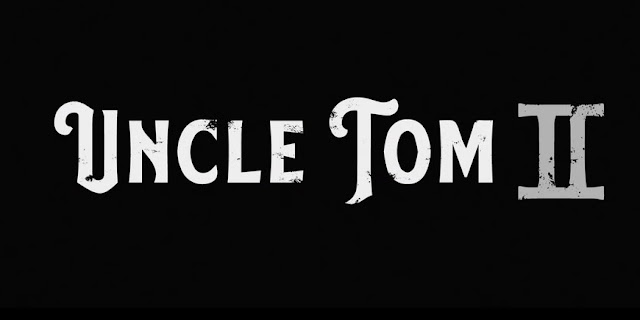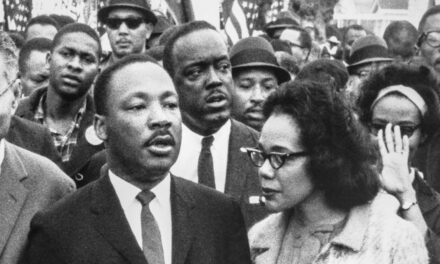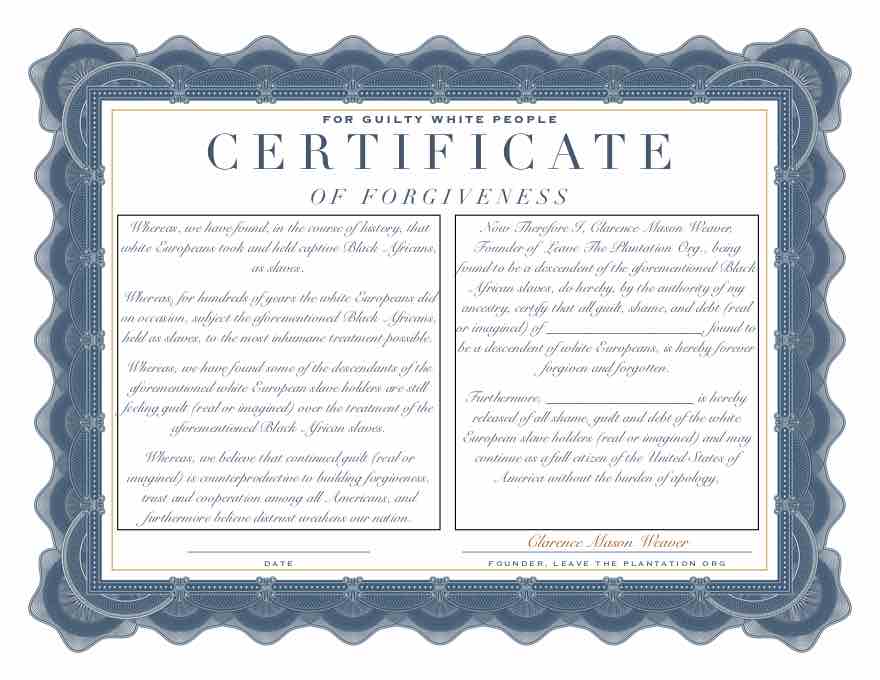LTP News Sharing:
Source: Screenshot
The first installment highlighted the experiences of black conservatives and gave a platform for them to explain their experiences living in a world where they are outcasts for holding a different point of view than the one mandated for their entire race by society at large. Uncle Tom II: An American Odyssey takes a different approach.
Uncle Tom II fleshes out the historical context that has led to near-total ideological conformity among the black community. It presents a thesis anathema to every liberal fact-checker, Afrocentric college intellectual, far-left Black Lives Matter shock troop, and even a milquetoast conservative.
The movie begins with its narrator, Chad Jackson, a blue-collar, working-class black American construction worker, describing his intellectual journey from liberalism toward conservatism. Jackson says he hopes the film “breaks the spell that so many people are under that keeps them angry, makes them bitter, blinds them from the truth.”
A staple of the documentary is images and videos of the historic black American family, now a forgotten relic of the past, juxtaposed with mass media propaganda about twenty-first century black people being victims of slavery. The images of an enraged and indoctrinated seven-year-old girl participating in a BLM terror march are shocking and offensive to the senses; they set the stage for the heartwrenching story of the fall of the American black community.
Uncle Tom II paints the picture of a strong, independent black culture that rose from the shackles of slavery into immediate prosperity—a truth of history lost in our contemporary narrative. This culture arose before the victim mentality insidiously crept its way into the black mindset. Following the repeal of slavery, black Americans had the opportunity to enjoy freedom, to pursue commerce and reap its rewards, and to be seen as equal participants in a society ever striving for growth and improvement; they were not be subject to a grotesque welfare state subsidizing indolence and depravity in the name of compassion. These industrious people thrived despite the tangible institutional racism they faced. Black Americans worshiped Christ, had a stable family and church life, and began to build intergenerational wealth.
Uncle Tom II touches on a third rail that very few conservatives do not dare to broach. Conservatives have adopted egalitarian talking points because they are too cowed to speak ill of “diversity” and “tolerance,” which have been elevated to the most sacrosanct of virtues by the liberal elite. It depicts contemporary secular black society and its thrall to heroes of depravity—murals and deification of figures such as George Floyd, Breonna Taylor, and Michael Brown—whose only contribution to society was dying in violent encounters with law enforcement. It is clear that, in our present, sick paradigm, these figures replace Christ, making them false idols for a dark and dystopian time. This transformation took place by design, with the “trained Marxist” founders of BLM following a time-tested blueprint of separating the people from the love of their actual Creator just like Mao, Stalin, Lenin, and other communist despots did.
While these points are strong and controversial, Uncle Tom II goes into truly verboten territory while it chronicles the history of the civil rights movement. It is heavy-handed in positing that the civil rights movement transformed the black community from a Christian-oriented, dignified, family-centric culture into what it has become today: one defined by grievance and envy and hatred of white people, who are seen as oppressors and routinely vilified as the “other.” And it was not just fringe figures of the civil rights movement whom Uncle Tom II targets,, but also the ringleader himself: Dr. Martin Luther King Jr.
Uncle Tom II puts King’s words under the microscope, along with those other civil rights icons, such as Stokely Carmichael, to unravel how they fanned the flames of racial tension and laid the seeds for BLM and the dismal present-day situation of blacks in America. This is a critique that most conservatives, who near-universally humiliate themselves at the altar of MLK worship, are unwilling to touch. Civil rights figures were always under the influence of light-skinned radicals, like Saul Alinsky, who saw black grievance as a helpful mechanism to catalyze the entry of subversive left-wing politics into the American psyche and who guided the hand of this movement and pushed its destructive ends.







